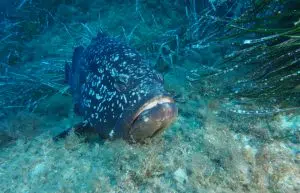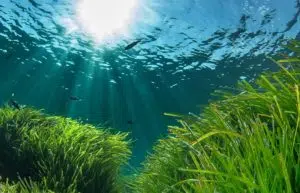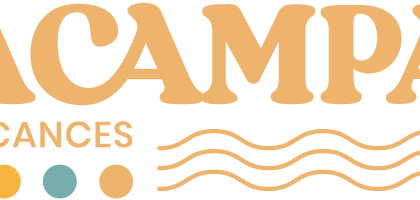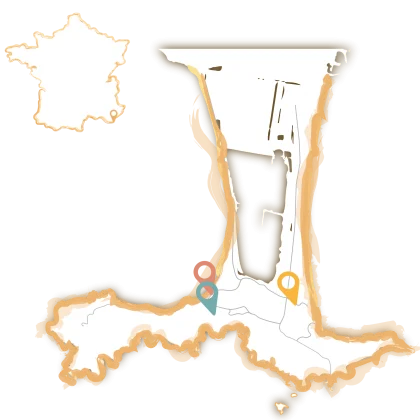Discover the exceptional underwater biodiversity of Port-Cros National Park!
Europe’s largest marine park is the Port-Cros National Park. It boasts exceptional biodiversity, with 500 species of algae and 180 species of fish. Preserving species and their natural habitat is its main aim. Whether you’re a beginner or an experienced diver, this natural marine heritage will win you over!
It’s difficult to sum it all up in a single article… Discover our selection of marine flora and fauna in Port Cros National Park for this first discovery.
Brown grouper
We’re proud of our iconic local mascot: the Brown Grouper! He’ll amaze you with his quizzical stare and pouty lips. He loves to hide in the rocks of Port-Cros National Park. However, despite its shy nature, it does venture out to rub shoulders with divers. So, if you go diving, you’re likely to come across the Brown Grouper!


Posidonia
As far as marine fauna is concerned, Port-Cros National Park is home to a local speciality: posidonia. It forms a seagrass bed that is protected both nationally and internationally.
This ecosystem, which extends to a depth of around forty meters, helps to conserve coastal sandy areas. This marine flowering plant, a true source of coastal biodiversity, has been protected since 1988 by national decree.
The coralligenous
Are you familiar with coralligenous algae? This underwater ecosystem is characterized by anabundance of calcareous algae. Coralligenous grows on the rocks of this nature reserve. The main ” builder” species in the Mediterranean are red algae. Green algae are also found in smaller numbers. There are also ” eroding” species. They have the particularity of consuming coralligenous (starfish, sea urchins, etc.) or digging galleries (sponges, molluscs, crustaceans, etc.).
Endangered species
For over 30 years, the Parc National de Port-Cros has been working to protect the local fauna and flora, with regulations on overfishing (a moratorium has protected grouper since 1999), measures against pollution, and awareness-raising on boat anchoring. All these different actions enable divers toadmire the preserved seabed.
Are you seduced?
Book your stay at our campsite and contact our partner Divin’Giens, the diving school. You too can observe the wonders of our seabed!

